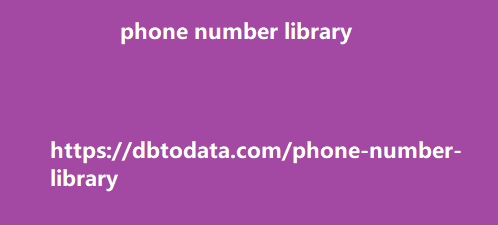It helps you finetune your brand’s campaigns Not all social media platforms are created equal, so it pays to read and understand what your audience says about your brand. You need to dig deep and take note of what issues or concerns your customers have about your product or service in different social media channels.you are able to create campaigns that are focused on your target market. It helps you outperform your competitors By using Social Listening, you can keep up with (or even outpace) your competitors by looking at their audience interaction with them, avoiding errors they make, and becoming more efficient in the areas where your competitors falter.
There are tools available to help you with
Social Listening. Investing in the right tools like Cloohawk, Buzzsumo, and Woorank helps you take that extra load off from keeping track of the reviews and mentions of your brand and find the right keywords and trends used among your brand and your competitors. Social Listening vs Social Monitoring: Which one should you use? Many brands nowadays focus on one over the other. While Social Monitoring can take the sting out of any potential negative feedback or reaction from your customers immediately, you will also need to consider how to take this feedback, comments, or mentions of your brand efficiently.
This is where Social Listening comes into play
As we mentioned earlier, it gives you the bird’s eye view of all the gathered data of your customers’ purchasing behavior, your competitors’ social media strategies, and trends within your industry efficiently. While Social Monitoring can help you provide excellent customer service, Social Listening helps you resonate with your customers well. Integrating Social Monitoring and Social Listening to your social media efforts will help amplify your brand’s visibility and success. Google has certainly been on a roll when it comes to releasing updates, as shown by our past two blog posts. Despite Google being the most popular search engine, there are still shortcomings and areas of improvement.
Google knows this, and last Sept. 29, they
announced that we will finally be introduced to their new technology, MUM, in the next couple of months. What is Google MUM? Google MUM stands for Multitask Unified Model and it is their new search technology that makes search easier and better. According to Google, MUM takes search on a whole new level as it understands information in a more comprehensive way across languages and modalities such as texts, visuals, videos, and audios. Let us say that you recently went on a trip to Osaka, Japan and decided that you wanted to head on to Tokyo. However, you aren’t sure what the differences are between the two cities and what you need to prepare for your trip.
With MUM, you will get comprehensive results i
ncluding but not limited to the bahrain phone number library information on Tokyo, what you may need to prepare, the best mode of transportation, places to visit in Tokyo and when, and even articles written in Japanese that are relevant to your query. You can also take a photo of your gear and ask Google if it’s okay for your trip. Let’s say you’re heading to Tokyo in January and you’re worried it might be too cold. MUM can use your photo and query to answer your question and even give you suggestions on what kind of gear to bring and buy. Image search and text search With Google MUM, image search is also about to get more comprehensive as it combines text and image in one query.
In one of the examples given by Google, you can
open Lens and take a photo of a bike part that you don’t recognize then ask how to fix it. Google will then give you results such as videos and articles showing you the bike part and what to do to repair it. Google Image Search GIF from Google This will be much faster compared to Googling various bike parts then searching for a separate tutorial on how to repair your bike. MUM applied to Google Search Search is also about to be redesigned as MUM gets applied by Google. Current features such as “People also ask” and “Related searches” are about to get a whole lot more intuitive and comprehensive.
Things to know Take a look at this example from Google:
Google Things to Know GIF from what were the challenges when writing code for the project Google Let us say that you have been thinking of picking up a new hobby or redecorating your space, and you decide to look up acrylic painting. If you type the keyword “acrylic painting” to Search, Google MUM will show you the answers to what people tend to ask using their “Things to Know” feature. Judging from the visuals provided in their announcement, it seems like this is an improvement of the “People also ask…” feature. According to their announcement, MUM will at some point in the future show users other topics connected to their search that may be of interest to the users.
This will help people get access to a wider
range of content that they may not resource data have thought of looking up in the first place. Refine and broaden Search Aside from that, Google MUM is also giving us the ability to refine and broaden our search. This looks similar to the “Related searches” feature found at the bottom of the SERPs such as this one when I look up “best leadership podcast Philippines”: Related search results But with the upcoming feature, we don’t just get related searches, MUM will focus on our topic and actually give us results that are connected to our original query. For example, the current “Related searches” results for acrylic painting look like this: Related search results acrylic painting While the upcoming version with refine and broaden search features look like this: this new categorization will give users the option to delve into smaller, more specific topics or to branch out to broader ones.







